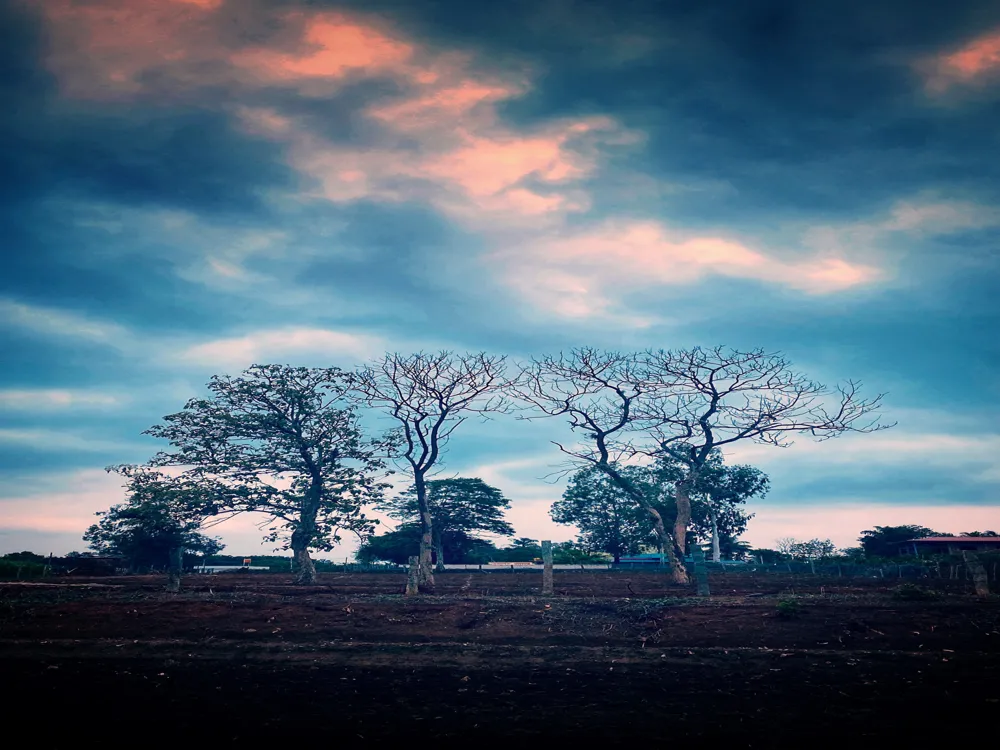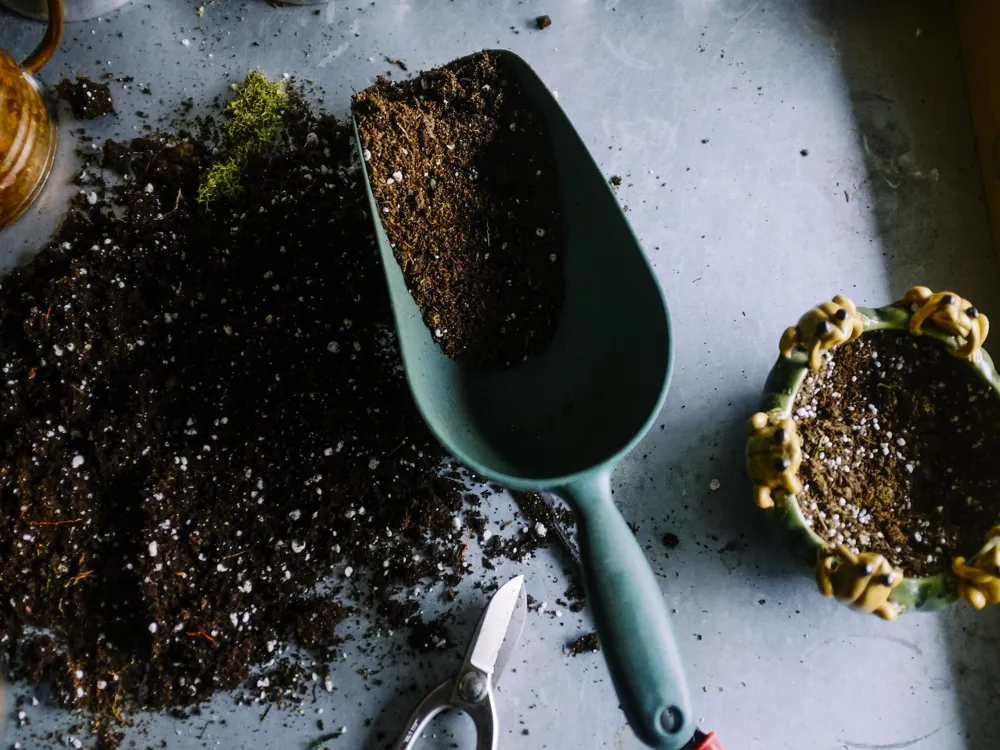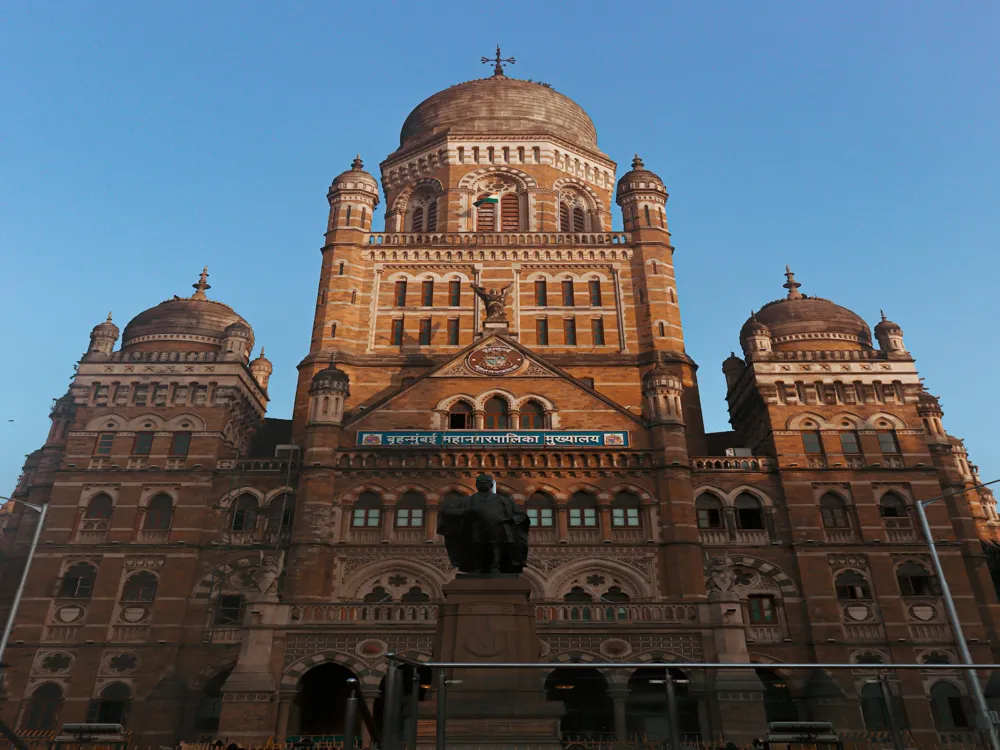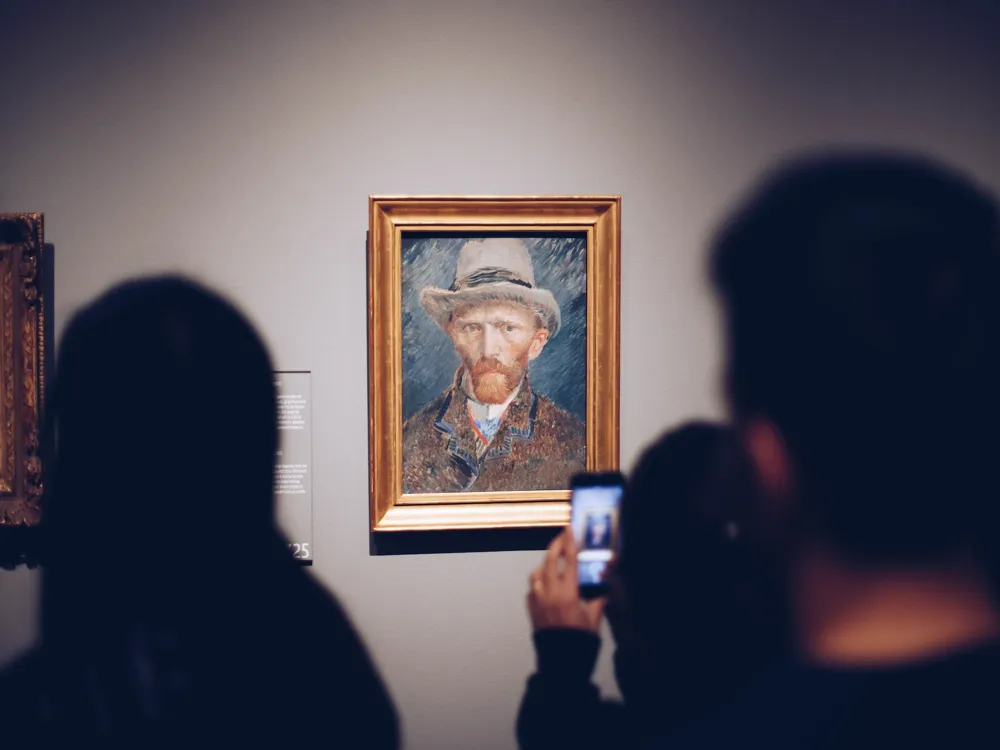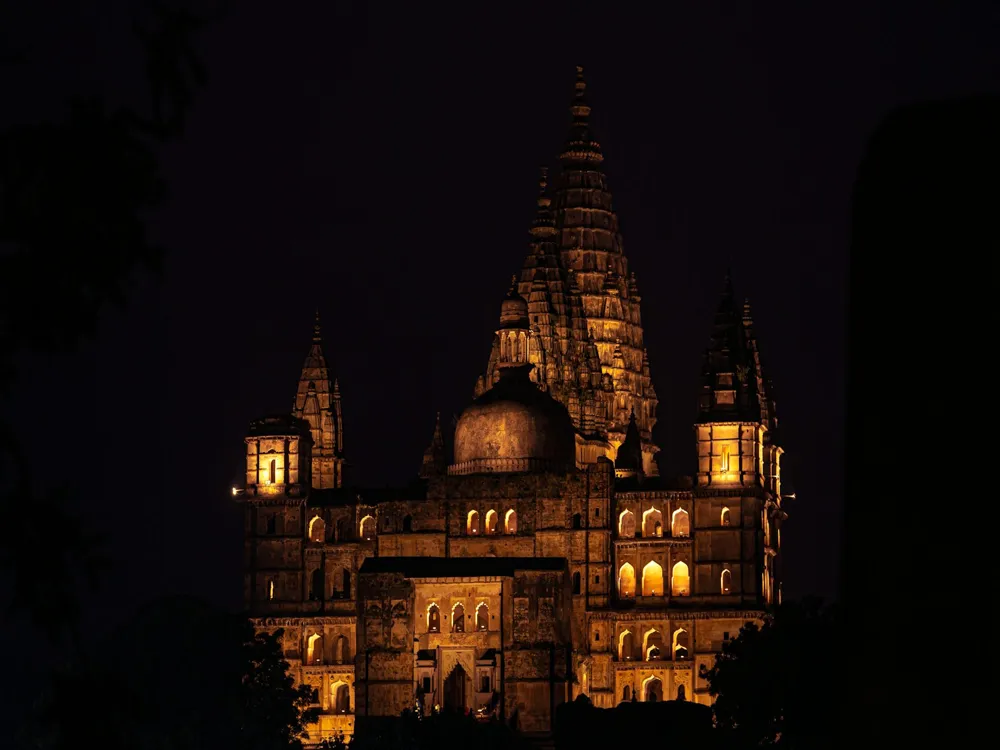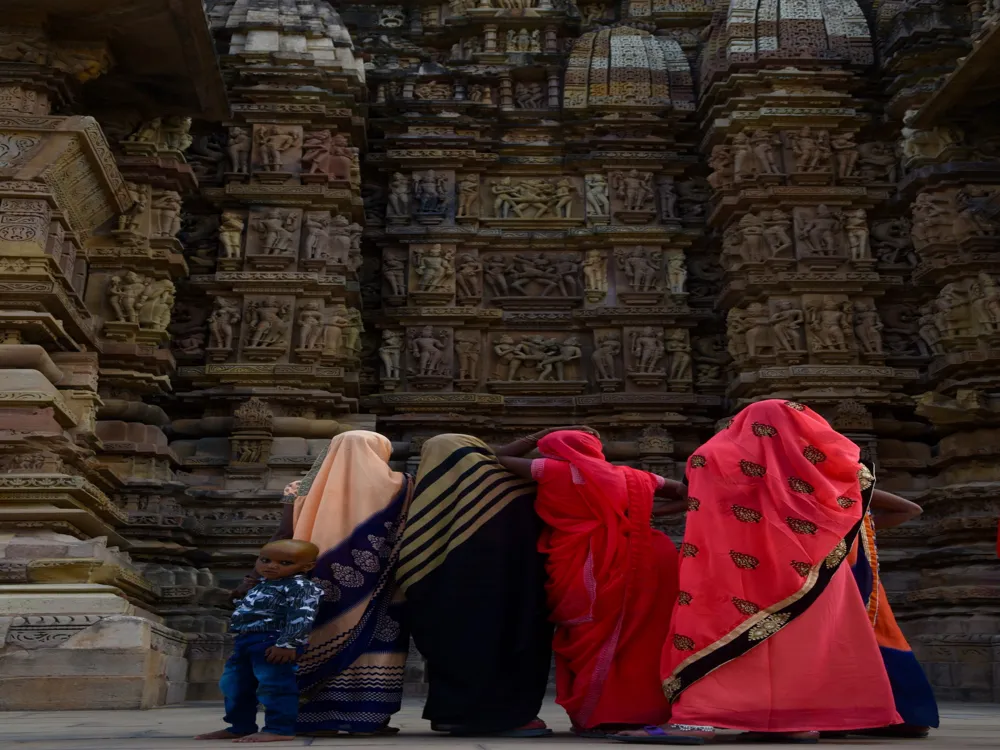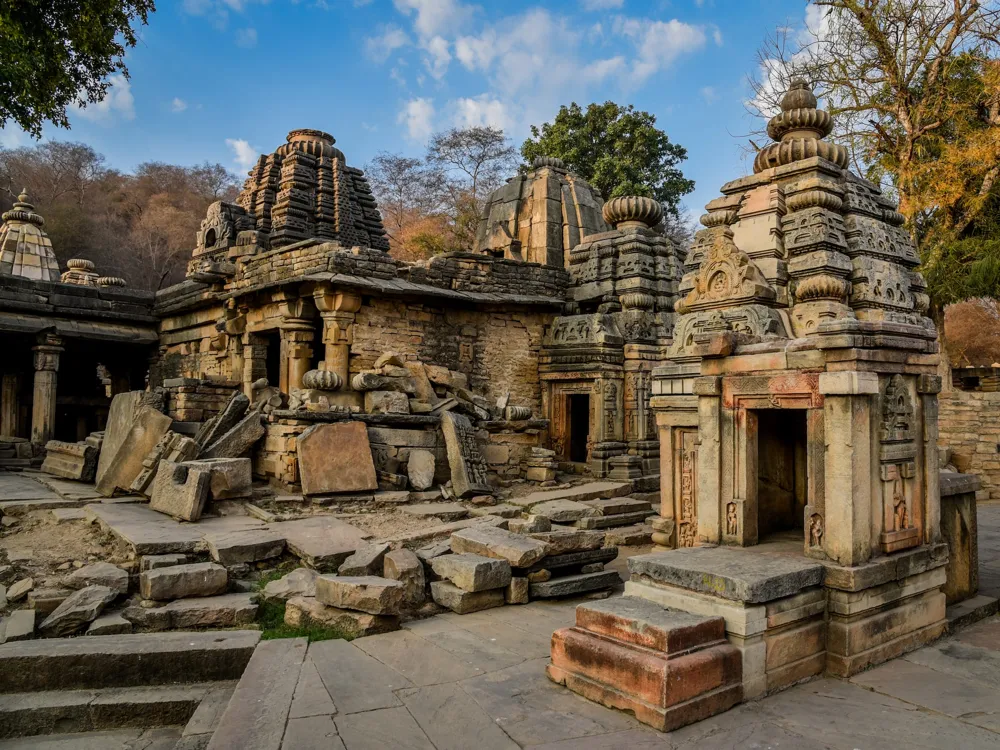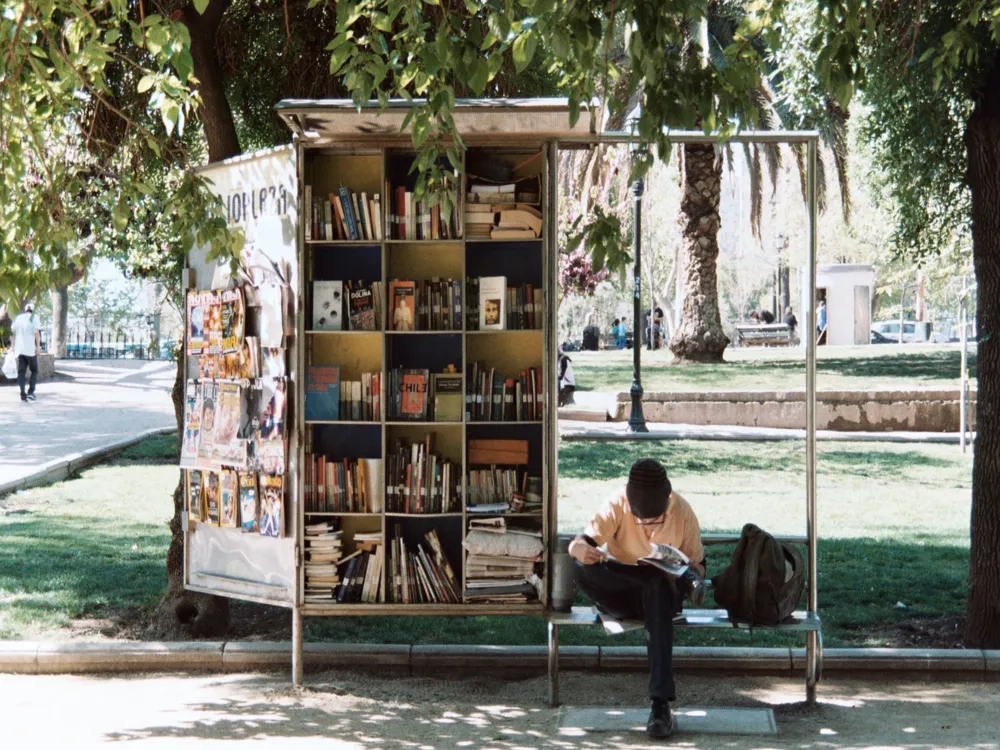The Karguanji Jain Temple, located in the heart of Jhansi, Uttar Pradesh, is a magnificent example of ancient Indian architecture and a significant site of Jain worship. This temple, dedicated to the 23rd Tirthankara, Parshvanatha, stands as a testament to the rich cultural and religious heritage of Jhansi. The temple's history dates back to several centuries, making it a prominent pilgrimage site for Jains and a fascinating attraction for history enthusiasts and tourists alike. The temple complex is renowned for its serene ambiance, which provides a peaceful retreat from the bustling city life. As visitors step inside the complex, they are greeted by the exquisite craftsmanship and intricate carvings that adorn the temple walls. The main sanctum houses a beautifully sculpted idol of Lord Parshvanatha, which is revered by devotees. The temple's architecture is a blend of traditional Jain and local styles, featuring domes, spires, and meticulously carved pillars. The use of locally sourced sandstone adds a unique charm and robustness to the structure. Throughout the year, the Karguanji Jain Temple is a hub of religious activities and festivals. Celebrations like Paryushan, Mahavir Jayanti, and Diwali see the temple decorated in vibrant colors and lights, creating an atmosphere of joy and spirituality. Devotees from across the country visit during these festivals, adding to the temple's historical and cultural significance. The Karguanji Jain Temple is a stunning example of architectural brilliance and spiritual ethos. The temple's architecture is an amalgamation of ancient Jain principles and local artistry, making it a remarkable monument in Jhansi. Its foundation, believed to be laid several centuries ago, has withstood the test of time, showcasing the skills and precision of the artisans of that era. The temple's structure is predominantly made of sandstone, which is known for its durability and ease of carving. This has allowed artisans to create elaborate designs and figures that narrate stories from Jain scriptures. The temple façade is adorned with detailed carvings of deities, floral patterns, and geometric designs that are visually striking and imbued with religious symbolism. One of the temple’s notable features is its shikhara (spire), which towers over the sanctum sanctorum. The shikhara is intricately carved, with each tier representing different aspects of Jain philosophy. Inside, the temple houses a sanctum where the idol of Lord Parshvanatha is enshrined. This idol, made from precious stones and metals, exudes a sense of peace and divinity, attracting devotees from various regions. Visitors are advised to dress modestly and remove footwear before entering the temple premises. It's important to maintain silence and avoid any behavior that might disturb the sanctity of the temple. The ideal time to visit Karguanji Jain Temple is during the cooler months from October to March. The temple also comes alive during Jain festivals, offering a unique cultural experience. Photography may be restricted inside the main prayer area. Visitors should look for signs indicating photography rules or ask temple authorities for permission. Karguanji Jain Temple is easily accessible from various parts of Jhansi. Visitors can opt for local transport like auto-rickshaws, taxis, or buses to reach the temple. For those coming from outside Jhansi, the city is well-connected by rail and road. The nearest railway station is Jhansi Junction, which is just a few kilometers away from the temple. Read MoreOverview of Karguanji Jain Temple, Jhansi, Uttar Pradesh
Architecture of Karguanji Jain Temple
Tips When Visiting Karguanji Jain Temple
Respect the Temple Etiquette
Best Time to Visit
Photography Rules
How To Reach Karguanji Jain Temple
Karguanji Jain Temple
Jhansi
Uttar Pradesh
NaN onwards
View jhansi Packages
Weather :
Tags : Temple
Timings : 7:00 AM - 6:00 PM
Time Required : 1-2 hours
Entry Fee : No Entry free
Planning a Trip? Ask Your Question
Jhansi Travel Packages
View All Packages For Jhansi
Top Hotel Collections for Jhansi

Private Pool

Luxury Hotels

5-Star Hotels

Pet Friendly
Top Hotels Near Jhansi
Other Top Ranking Places In Jhansi
View All Places To Visit In jhansi
View jhansi Packages
Weather :
Tags : Temple
Timings : 7:00 AM - 6:00 PM
Time Required : 1-2 hours
Entry Fee : No Entry free
Planning a Trip? Ask Your Question
Jhansi Travel Packages
View All Packages For Jhansi
Top Hotel Collections for Jhansi

Private Pool

Luxury Hotels

5-Star Hotels

Pet Friendly







